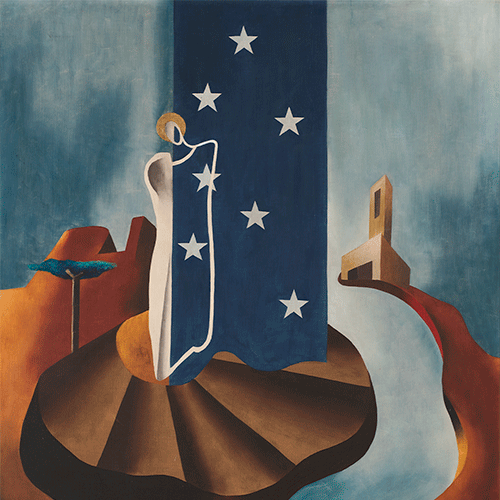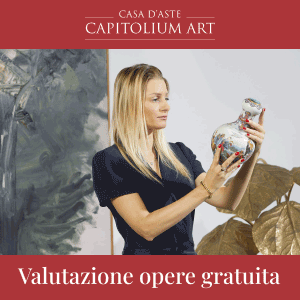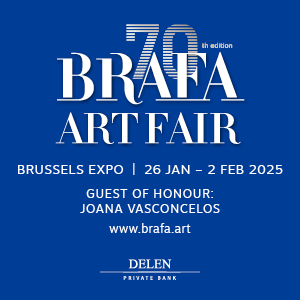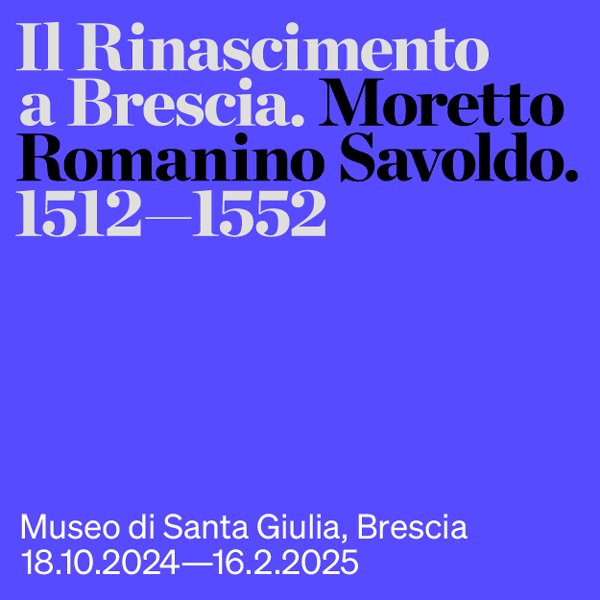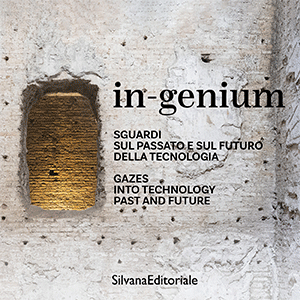 Fergus McCaffrey, New York, is pleased to present its second solo exhibition of works by the Viennese artist Birgit Jürgenssen (1949-2003), from November 6 – December 20, 2014.
Fergus McCaffrey, New York, is pleased to present its second solo exhibition of works by the Viennese artist Birgit Jürgenssen (1949-2003), from November 6 – December 20, 2014.
Birgit Jürgenssen’s studio practice encompassed drawing, performance, photography, and sculpture, through which she compellingly combined classically refined draftsmanship, mixed media, and experimental photo techniques. While she is perhaps best known for her connection to the Austrian feminist movement of the 1970s, discourse around Jürgenssen’s work are perhaps disproportionately focused on her relationship to Feminism. Equally important is her engagement with Surrealism and her concern for materials and processes. Jürgenssen’s work as a sculptor and photographer underscores not only her intense interest in materiality, but also highlights the complexity of her oeuvre, which was surprisingly overlooked during her lifetime.
This exhibition features a large group of Jürgenssen’s photographic works, presented in combination with a selection of her sculptures. This juxtaposition underscores Jürgenssen’s refusal of a single approach or influence, and created work that is abundant in sources and techniques.
Much of Jürgenssen’s photographic work is highly experimental. Her series Stoffarbeiten (FabricWorks), created from the late 1980s to the early 1990s, consists of photographic prints mounted on canvases, which are screwed to iron frames that she herself constructed. Thin, translucent fabrics such as gauze, are stretched over the surface, veiling and slightly obscuring the images. The photographs themselves are created through a range of processes, including photograms, solarization, and multiple-exposures. The sculptural presence of many of these works is striking. The juxtaposition of hard welded iron frames and delicate textile emphasizes their materiality and draws a direct relationship to Jürgenssen’s sculptural works.
Jürgenssen also created scratched photos that she referred to as “painted” photography. These visceral, large format photograms were created by manipulating sheets of photo paper in developer and fixing baths and by pouring photo chemicals directly over the paper. The resulting marbled and dripped images were then exposed to light and fixed, after which the surfaces were scratched into, creating gestural drawings over the “painted” photograpic surfaces. Such manipulation and violation of the image was generally considered taboo and raises numerous challenges to traditional conceptions of photography. In another series, Jürgenssen employs cyanotype, one of the oldest contact printing techniques, through which a blue tint creates an almost dreamy effect.
The blurring effect reduces figures to silhouettes, thus rendering portraits unrecognizable. Jürgenssen’s multiple overlays increase the sense of dreamscape and indecipherability. The cyanotype process recalls architectural blueprints, and Jürgenssen’s adaptation of the form also points to the figure of the botanist Anna Atkins, the first woman to make photographs and the first to use blueprints as illustrations. While references to Feminism, abstraction, and Surrealism are plentiful in Jürgenssen’s work, her practice is at the same time marked by a modernist concern with and intense awareness around issues of representation and originality.
Born and educated in Vienna, Jürgenssen died prematurely at the age of 54. She studied at the University for Applied Arts, Vienna from 1968-71 and from 1980-97 she lectured at both the University of Applied Arts, Vienna, and the Academy of Fine Arts, Vienna. Jürgenssen’s work has been recognized and shown by Galerie Hubert Winter, Vienna, since 1979. Her work has been featured in recent museum exhibitions, including the Gwangju Biennale, 2014 curated by Jessica Morgan; XL: 19 New Acquisitions in Photography, MoMA 2013; and WOMAN: The Feminist Avant-Garde of the 1970s. Works from the SAMMLUNG VERBUND, Vienna, BOZAR – Palais des Beaux Arts, Brussels; Mjellby Art Museum, Kulturförvaltningen; and Hamburger Kunsthalle, 2014-15.
About Fergus McCaffrey
Founded in 2006, Fergus McCaffrey is internationally recognized for its groundbreaking role in promoting the work of post-war Japanese artists, as well as a quality roster of select contemporary European and American artists. Fergus McCaffrey’s rigorous, thoughtful approach is marked by a commitment to discovery, often presenting the work of artists previously unrepresented or misrepresented. Dublin-born founder Fergus McCaffrey has been instrumental in introducing post-war Japanese art to a Western market, including Natsuyuki Nakanishi, and Gutai artists Sadamasa Motonaga and Kazuo Shiraga. The gallery also exhibits the work of seminal Western artists, including Andy Warhol, Birgit Jürgenssen, William Scott, Richard Nonas, Gary Rough, and Jack Early.
In May 2014 the gallery moved from the Upper East Side to Chelsea, now in a bi-level, 9,000 square foot, light-drenched space on West 26th Street. In celebration of its eighth year, Fergus McCaffrey is opening a second gallery in St. Barth (November 2014) and further expanding its global reach with a third location in Tokyo (2015).
Fergus McCaffrey, New York
Birgit Jürgenssen
November 6 – December 20, 2014
Opening Reception:
Thursday, November 6, 6-8pm
Fergus McCaffrey is located at 514 West 26th Street, New York, NY 10001, 212-988-2200www.fergusmccaffrey.com



